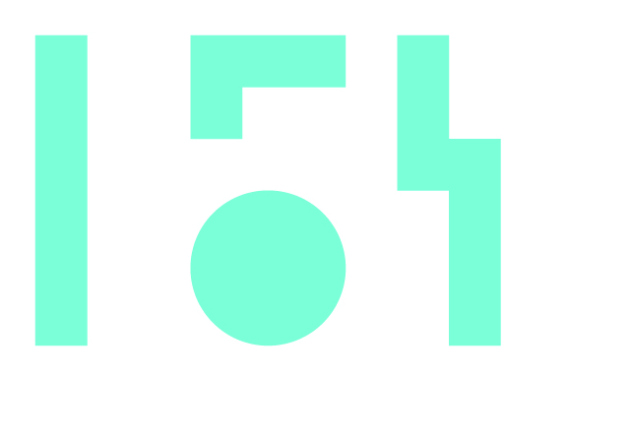Walking through the galleries of 1:54, London’s first contemporary African Art Fair, everything is so beautifully organized, you would be forgiven for thinking the sole purpose of the fair was to exhibit art. But this is a strongly commercial venture – with the aim of selling as much of the work as possible by the end of the four-day affair. With 54 galleries, and artists from all over the continent, there was always the possibility that the fair would be overwhelming in its volume of work, but walking through each gallery is a uniformly pleasurable experience, and Somerset House, with its long corridors, expansive rooms, and light is a perfect setting for displaying much of the work on show.
There’s decent representation of galleries from the continent, 6 galleries in total – though, at a rumored $10, 000 for room hire, the fee structure for the fair may have deterred representation by many other galleries from Africa. Nevertheless, many galleries seem to have made a brisk trade. Taking place at the same time as the Frieze Art Fair, 1:54 is well timed to take advantage both of an increasing interest in African art, and the general interest in art that happens around Frieze. One of the striking aspects of this show is the age range of artists in the show; in comparison, to the recent African Art Auction, curated by The Auction Room, most of the artists represented at 1:54 were born either in the 1970s or the 1980s, with possibly the youngest being Terrence Musekiwa, a Zimbabwean sculptor, born in 1990s. There is also a lot of work from established artists – Godfried Donkor, Sokari Douglas-Camp, and photographs from Malick Sidibe, but undoubtedly the star attractions of the show are the younger artists like Edson Chagas, who won, on behalf of Angola, the 2013 Venice Biennale’s Golden Lion for Best Participation.
The mix of older, established with younger and emerging artists gives a real sense that 1:54 has a firm pulse on the most contemporary trends in African Art, and for many who are unfamiliar with African Art in the 20th and 21st century, there is much to discover at the fair. There’s the Museum of Modern Art, a collection, destined to be housed in Malabo, Equatorial Guinea; their gallery includes work by South African artist, Esther Malangu, as well as the recently deceased Beninois artist, Cyprien Tokoudagba; the work of Ernest Mancoba, a South African artist, who from the 1930s, spent most of his life in Paris, was a delicious discovery for this writer. A contemporary of Modigliani, Mancoba’s work is a delight of colours and abstraction. The October Gallery represents Romuald Hazoume, an artist increasingly well known in Britain for his monumental work, prominently, and a huge work of his, dominates the end of the hall in which the fair takes place. Among other delights to see, and acquire if at all possible, are photographic prints by Godfried Donkor, Malick Sidibe and Leonce Raphael Agbodjelou; there are fewer female artists than male artists represented, but the work is equally strong, and includes work from artists as varied as Sokari Douglas-Camp, Billie Zangewa, and Nnena Okore, an increasingly established Nigerian artists, whose work, made from found objects explores the form of organic bodies in fascinating and arresting ways.
While the money is changing hands upstairs, ideas and words were being exchanged downstairs in the Somerset House auditorium. The Art Fair is complemented by a discussion forum, curated by 1:54 artistic director, Koyo Kuoh, Founder and Director of Raw Materials, a Dakar-based art centre; the programme is a mix of artists talks, and discussions from industry practitioners; whilst interesting, many of the panels were afflicted by a sense of politesse, many industry insiders were reluctant to spill the beans on some of the nitty-gritty of selling African Art; the panels could have used a little more diversity, both in terms of professional and cultural background of the panelists. That said, the contextualizing of the work being produced has rightly been made an important part of the fair’s programme; especially the artist talks, which have been the most rewarding of the forum events. And in between the forum, and visiting the galleries, a lot of networking and power-broking seems to happen, though as one would expect the general air is one of quiet discussion and speculation of prices, and quality.
There’s little to gainsay about this latest arrival on the London cultural and arts scene in London. 1:54 delivers a slick and bold tour de force presentation of African art; one hopes that the galleries turn a healthy profit for their artists, and the fair returns. Meanwhile, there’s still two more days of the fair, so if you’re yet to experience some of the work on show, go do so – before they disappear into private collection.
Dele Meiji Fatunla
1:54 – The Contemporary African Art Fair is at Somerset House, London until 20th October.

